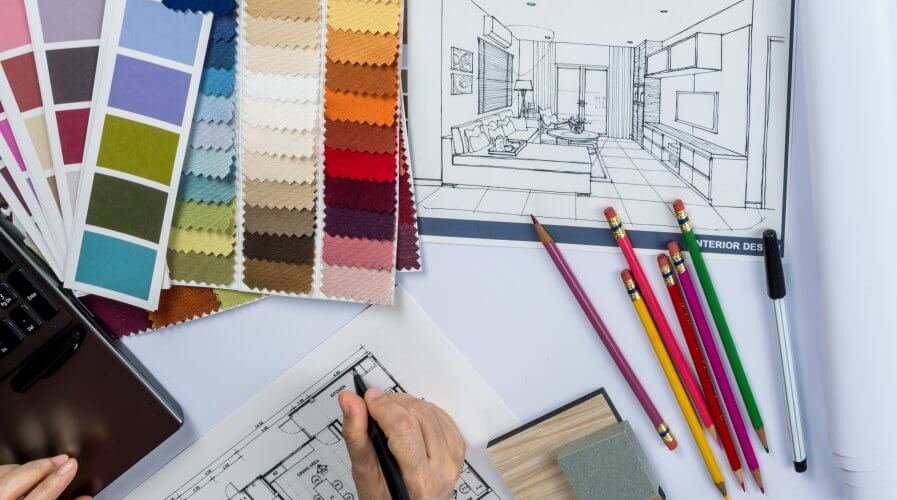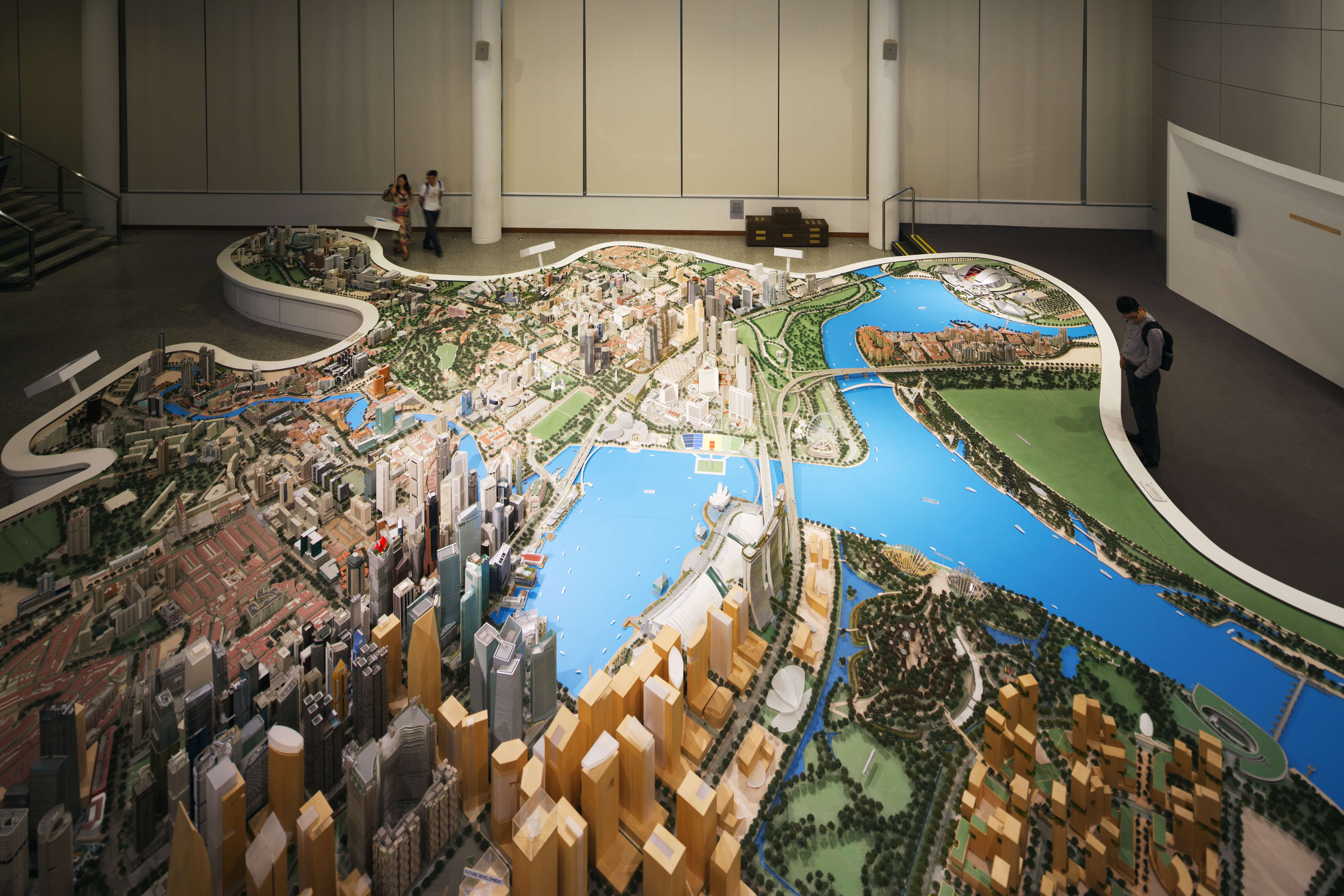
Good design has to come before technology, says Singapore’s former master planner. Source: Shutterstock
Technology can’t replace good design, says Singapore’s ex-master planner
THE WAY WE DO THINGS NOW can be said to have been vastly improved by technology — our data collection and analysis programs are much better now at helping us make better decisions and reduce waste, while automotive technologies are challenging the old ways of doing things.
“Top-of-mind” technologies in 2007, according to PwC’s Global Digital IQ® Survey 2017, included data mining and analysis, search tech and virtual collaboration tools – today we’re seeing the emergence of virtual reality, artificial intelligence, big data frameworks and Internet of Things (IoT) devices come into mainstream thinking.
Executives in all industries are looking for ways to integrate technology into their systems, whether they are massive corporates with legacy systems, or smaller businesses looking for cheaper ways to participate in commercial activities.
Even governments are getting in on the action. The global corporate consultancy McKinsey and Co. estimates that as much as US$1 trillion will be spent on digitizing government services and processes every year globally.
Smart city plans that have been put into play by various municipalities across the world have driven up adoption rates of tech such as IoT and big data frameworks. Most notable are efforts by Singapore’s government to push Prime Minister Lee Hsien Loong’s “Smart Nation” vision, which outlines a future in which government and public services are connected across a digital network of sensors, interaction points and systems.

Liu Thai Ker, an architect and the former master planner of Singapore. Source: The Economist
Other significant advances include Jakarta’s minimal-tech approach to making the city more liveable through various apps, and the boundary-breaking “digital society” concept being trialled in the eastern European state of Estonia.
However, there are some who warn against the rising culture of rapid technological adoption in government and businesses that lacks a similar effort to boost good design. This phenomenon of technology hype cycles has only accelerated in recent years as the number of new innovations out there has increased. Therefore, the danger of firms adopting new, trendy technologies before a plan has been thoroughly thought out can backfire.
“Design must always lead technology, and technology cannot replace design,” Liu Thai Ker, an architect and the former master planner of Singapore, said to Tech Wire Asia at the recent Economist Sustainability Summit in Kuala Lumpur.
Liu – also known as the “architect of modern Singapore” – explained that though the Smart Nation concept may be the logical next step in the island nation’s long-standing relationship with technology, it’s a relationship that could never have existed without the meticulous planning mapped out by the government more than 50 years ago today.
“I’m not a technology person but I will say that the Smart Nation concept is not a replacement for good planning,” he said.
“Singapore can now talk about the Smart Nation because we have a good blend so the city will work even without technology. You have technology to enhance the functioning of the city but you cannot say that you will use technology without a good plan.”

Singapore’s government started with a meticulous plan for the country before it dove into technology. Source: Shutterstock
Liu explained that when Singapore first left the British Empire and the newly-formed Malaysia the country knew they had to transform themselves into the envy of the developing world through thorough design and savvy technological use. The government – which Liu worked closely with at the time as the state’s master planner and the CEO of the Housing and Development Board (HDB) – mapped out a plan to build a cohesive public transport system that would circumvent any potential congestion in the small landmass.
“People use public transportation because it was planned in such a way that it’s very convenient for people to use public transportation,” he said.
“That’s good design, and of course the train technology can be reduced to improve energy consumption. Those are smart trains, but you must have a good system first.”
Liu’s words cut to the core of a central problem that many companies and businesses looking to transition into the digital future face. Too many are leaping straight into the fray with little regard to building a well-designed product.
“After you have a good design, then you can apply technology,” Liu said, adding that having good data is important to any project but without a clear design theory any project is bound to hit some kinks.
The Singaporean government began digitizing their processes from an early stage, which accounts for the country’s high rate of compute adoption, one of the highest in the world. They were a pioneer of electronic government submissions, Liu said, but they only go there by incubating their ideas for a long period of time.
What is behind SG's success in urban planning? Read this interview of Dr Liu Thai Ker, the architect of modern #SG. https://t.co/Hrq2S2uXO4
— Lee Kuan Yew School (@LKYSch) September 18, 2017
“Singapore’s government doesn’t rush into new ideas, they move it gradually and get people ready before,” he said. “If the people aren’t ready and you impose this system, there will be chaos and confusion.”
Singapore’s Smart Nation plan has come under heavy scrutiny in the three years since its implementation was announced back in 2014 by Prime Minister Lee. Critics have said that the different functions of the plan are too disparate and there are too many cooks working on separate, tangentially-connected projects that have yielded few results.
Liu said that an integrated plan is key to building a good product as it opens you to being able to implement any kind of technology with few problems.
“When you have an integrated plan that’s based off a good, sound system, implementing smart technology can only improve the functionality and environment in a discrete manner rather than as a totality,” he said.
READ MORE
- Ethical AI: The renewed importance of safeguarding data and customer privacy in Generative AI applications
- How Japan balances AI-driven opportunities with cybersecurity needs
- Deploying SASE: Benchmarking your approach
- Insurance everywhere all at once: the digital transformation of the APAC insurance industry
- Google parent Alphabet eyes HubSpot: A potential acquisition shaping the future of CRM








